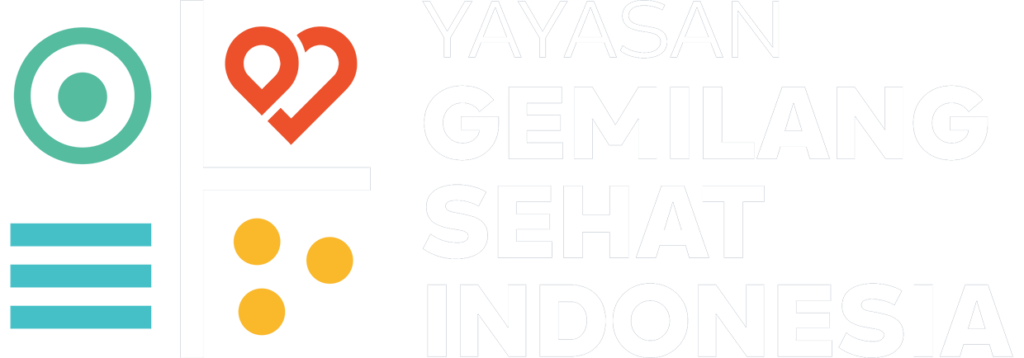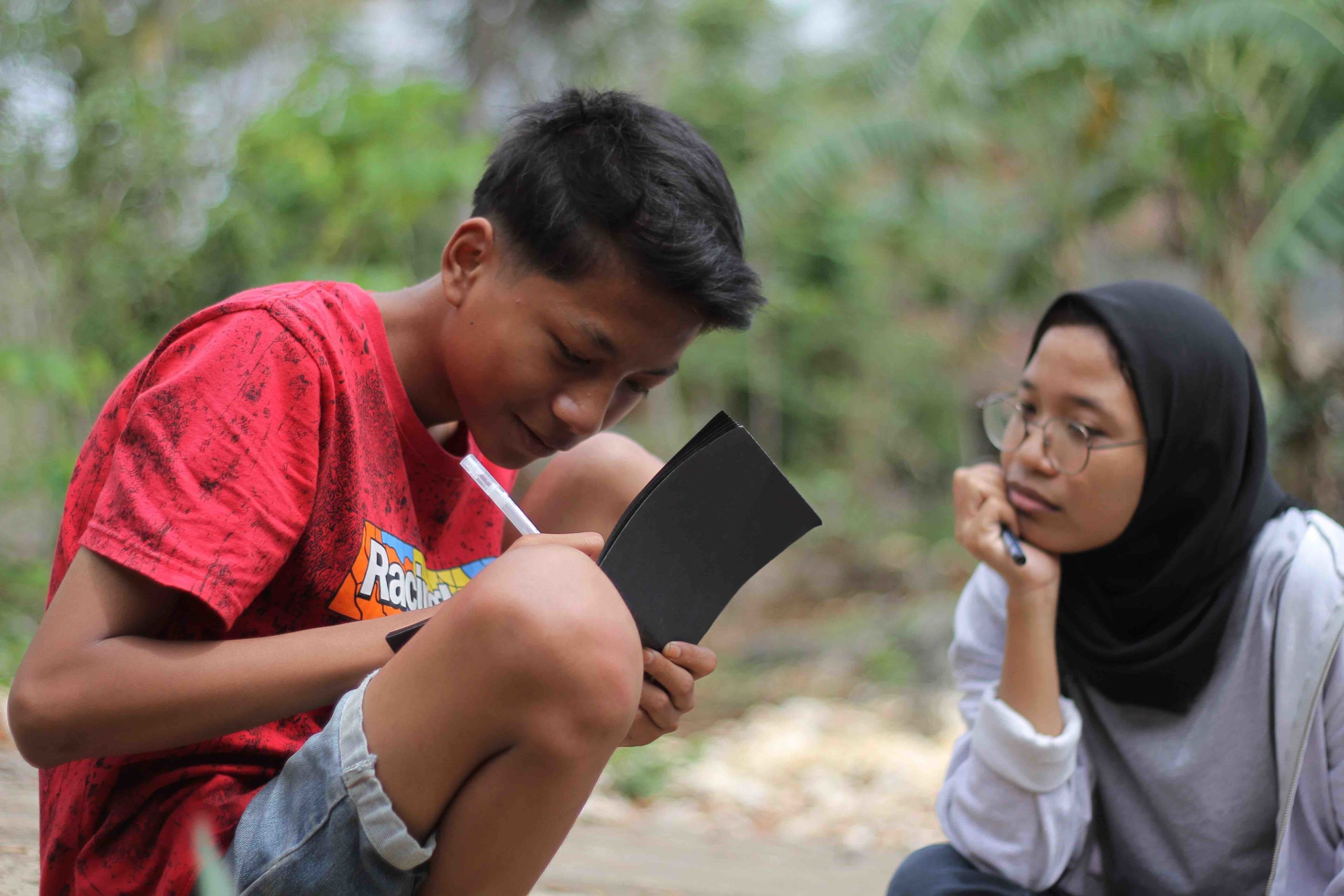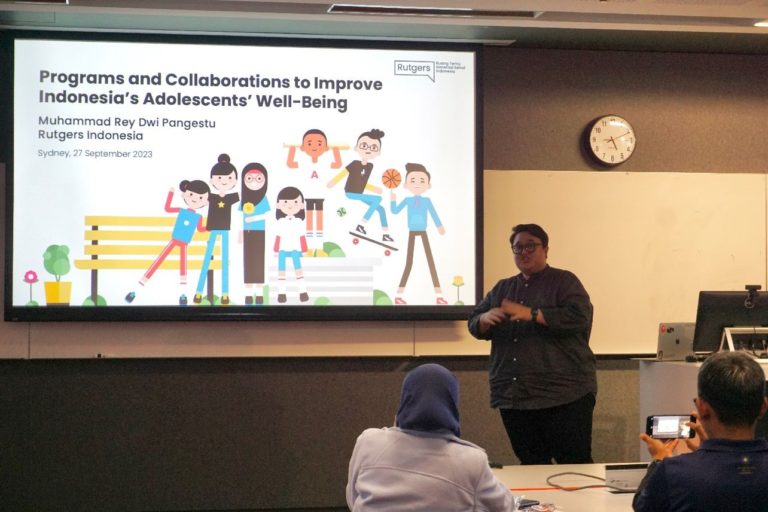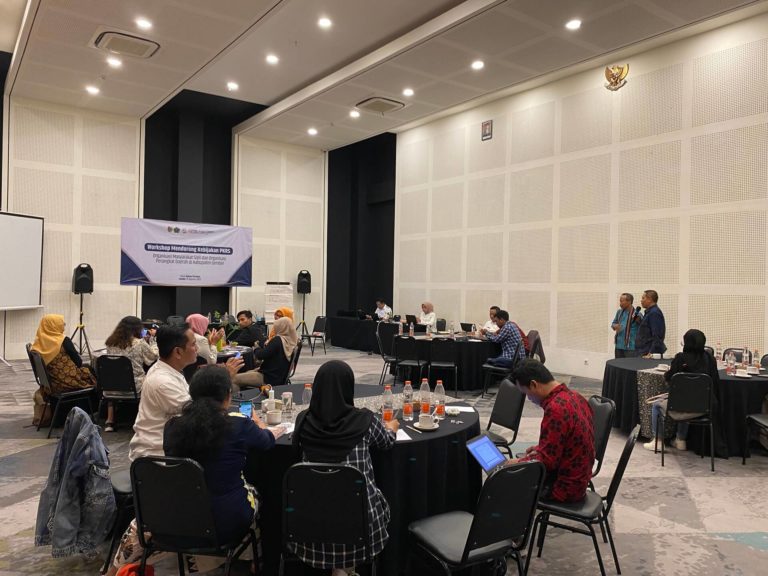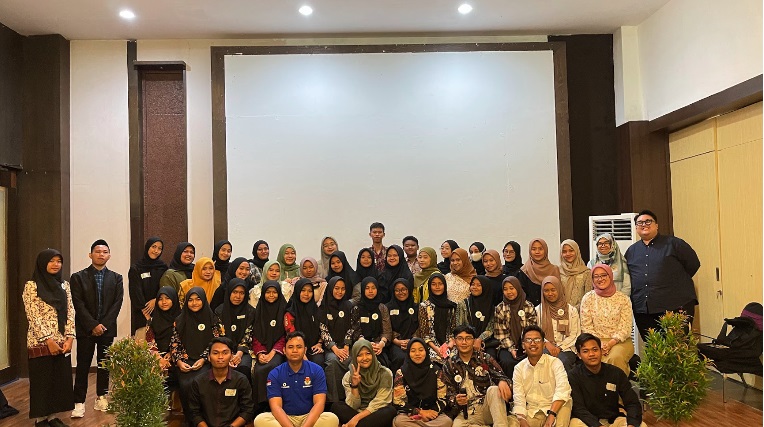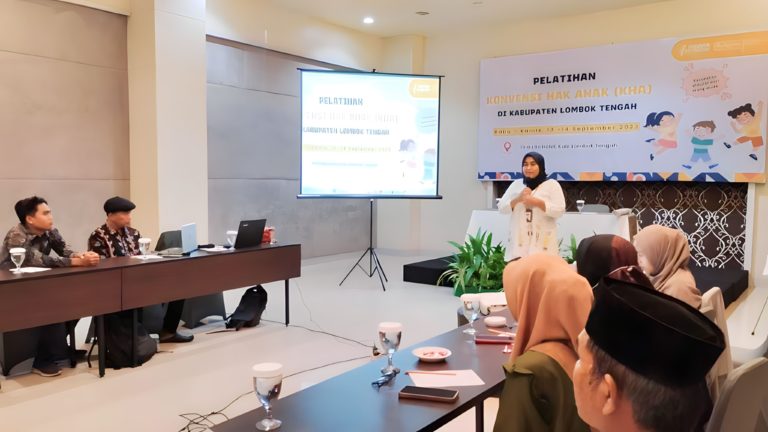Gender Transformative Approach
Rutgers’ gender-transformative approach examines, questions and transforms rigid gender and sexual norms and underlying power imbalances, with the aim of inclusively improving the sexual and reproductive rights of young people.
Tackling harmful norms and practices
Our approach addresses the root causes of sexual and gender-based violence – which impacts one in three women worldwide – and other harmful practices.
We believe in changing norms and values that tolerate, justify and legitimise violence. Otherwise it will be impossible to prevent and end sexual and gender-based violence and ensure the rights of young people in all their diversity. At the core are human rights and we ensure accountability, participation, nondiscrimination, equality and transparency in all our work.
Restrictive gender norms and power imbalances prevent many people from accessing sexual health services and getting the information and knowledge they need to make well-informed choices.
This harms the sexuality, health and rights of young people, women and people with diverse gender identities, as well as men.
“Men, boys and people with diverse gender identities and sexual orientations have often been forgotten, but they also have vital roles in achieving gender equality”
Rutgers’ gender-transformative approach helps people question harmful, inequitable gender and sexual norms and power dynamics and transform them into positive values.
We address these norms to break down inequalities and enables sustainable social change:
- Individual level – self-esteem, awareness of rights
- Institutional level – schools, healthcare and workplace
- Community level – faith, media and business
- Governmental level – laws and policies
This improves access to better sexual and reproductive health and rights for all and contributes to gender-just, violence-free societies.
Gender-transformative approaches work
Evidence shows programmes and training that include a gender and power perspective are substantially more effective.
Explicitly addressing harmful norms and inequalities improves sexual and reproductive health and rights services and sexuality education. For example, if a comprehensive sexuality education programme pays specific attention to gender and power, it is five times more likely to be successful in preventing unintended pregnancy and sexually transmitted infections.
Gender-transformative programming can lead to 40% less violence against a partner and increased contraceptive use.
Women, girls, men and boys are empowered
We work with women and girls and people with diverse gender or sexual identities or orientations. We also engage boys and men in improving sexual and reproductive health and rights, the prevention of gender-based violence and enhancing gender equality.
Vital work within institutions and at all levels
Rutgers encourages other institutions to use a gender-transformative approach in their sexual and reproductive health and rights and gender-based violence work. We work with schools, workplaces and the media, police forces, prisons and local government offices. Working at all levels brings better results.
Want to know more about the Gender Transformative Approach?
Here are the modules that will help you
Six Interrelated Components and the Socio-Ecological Model
GTA and Comprehensive Sexuality Education (CSE)
GTA and Advocacy – Adopting a Gender Transformative Approach to Advocacy in the Area of Sexual and Reproductive Health and Rights
